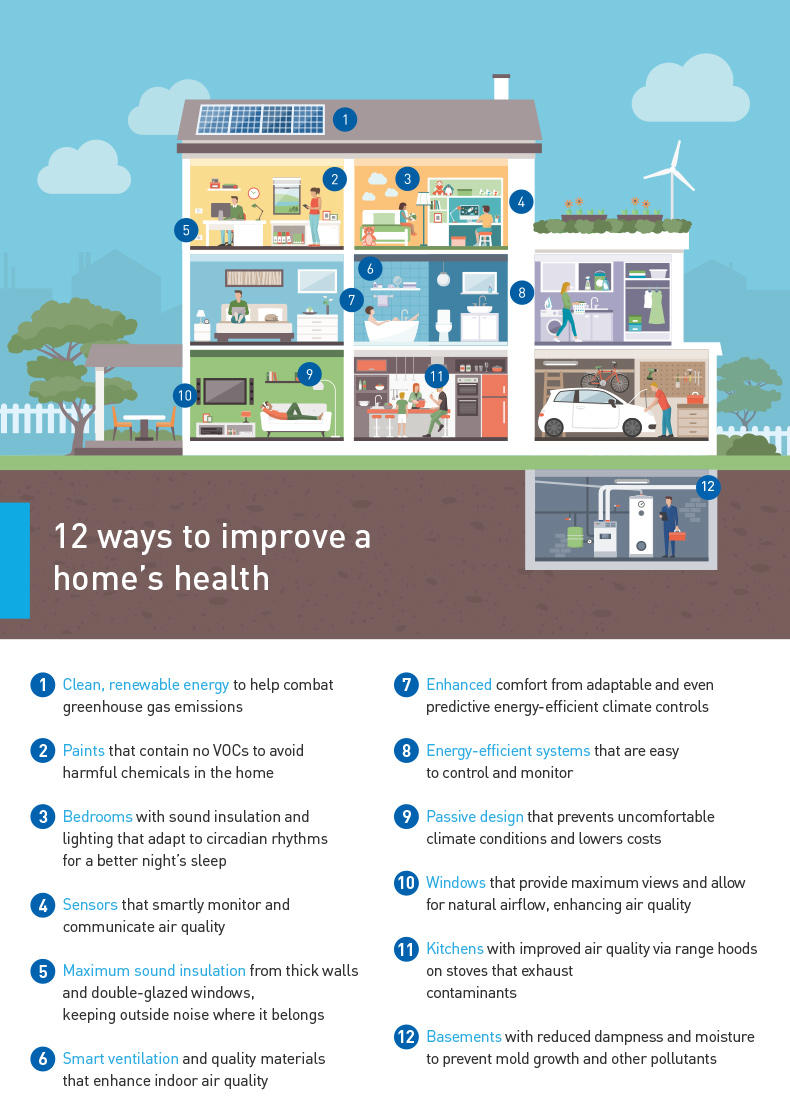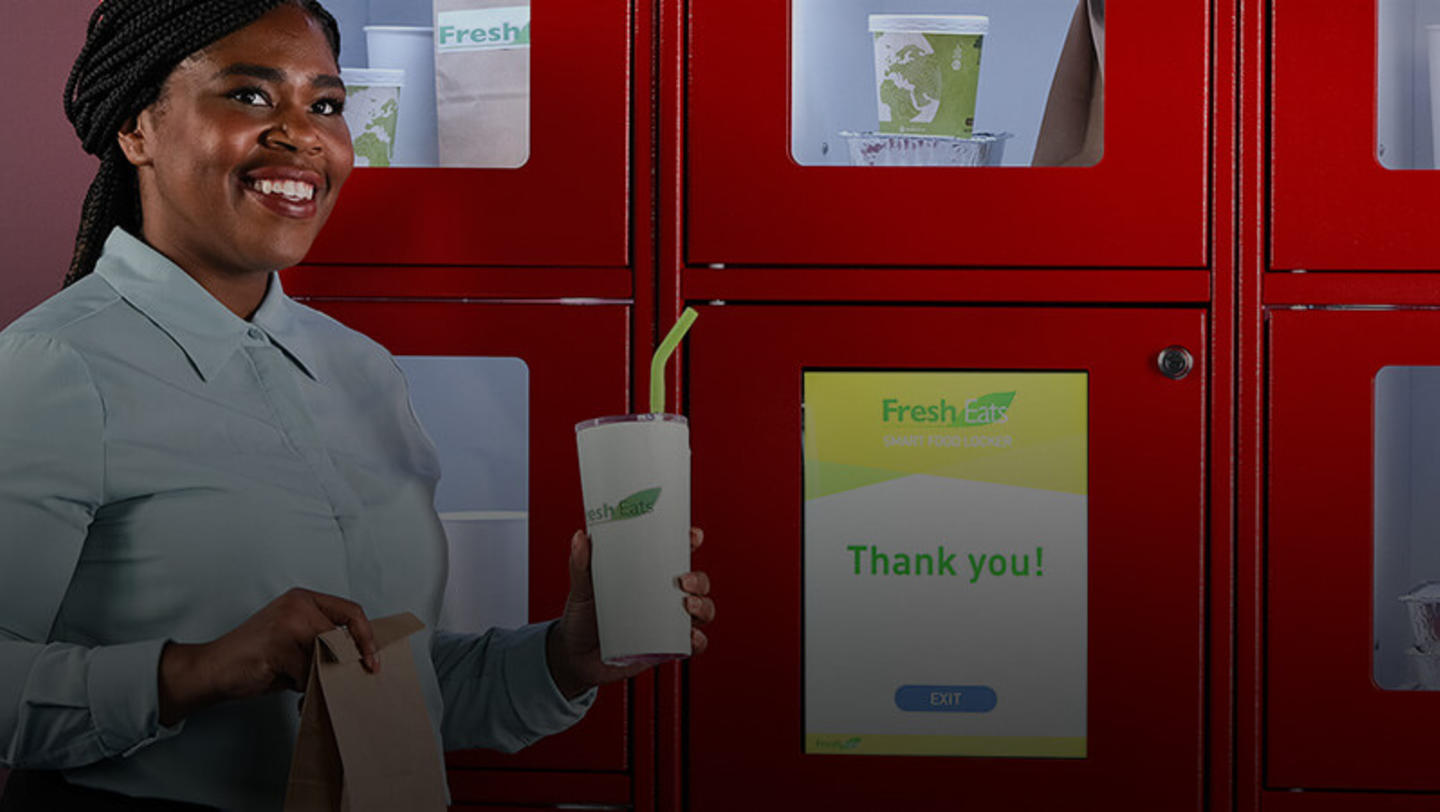Industry experts say the best way to get potential homeowners on board is to educate them – and oneself – on all the components that make up a home’s health imprint, from HVAC and building materials to water filtration, windows and siding. The trend towards energy-efficient, sustainable building brings more opportunities to discuss home health, but also brings misconceptions.
As homes are built more tightly to be more energy efficient, there is an unintended consequence of poor IAQ. Years ago, when homes were built with less concern for energy efficiency, there were lots of opportunities for fresh air to enter the home and flush out the stale, contaminated air. Ventilation just happened – automatically – with air finding its way in through cracks around windows and doors, electrical receptacles, joints between walls, ceilings, and floors, etc. For all intents and purposes, a leaky home was a healthy home, it would just break the homeowners bank to keep the temperature comfortable.
“Most clients don’t understand all the challenges that come with tighter home so we have to explain to them,” says Kelly Nemergut, partner at N2 Architecture. “Comprehending how the whole home works as a system is step one to grasping the benefits of healthy home options. Sometimes, people focus solely on the IAQ aspect, but then all the finishes they choose counteract the whole system they paid money to install, rendering it ineffective.”
The contractor who wants to be seen as a healthy home expert should take steps to become one. They can take a workshop on home performance – many are available online – or read up on important topics like planning your ventilation strategy. The Healthy Building Network, the EPA and the Indoor Air Quality Association are great IAQ resources too. Not only will education improve the understanding of how air moves through a home, it will improve the quality of the work – and client satisfaction.
Some future-focused business owners are readdressing the types of products their company uses to better serve the healthy home market, opting for low or no VOC paint, formaldehyde-free building materials and vent fans designed to meet new industry standards in installed performance.













